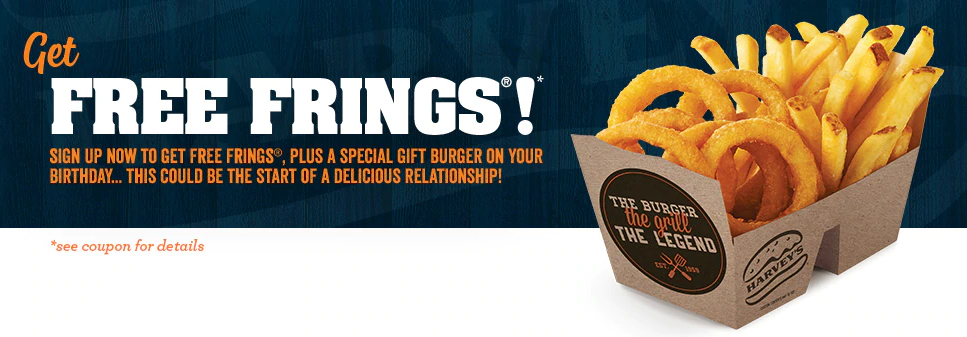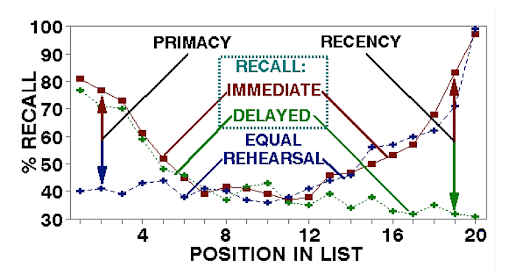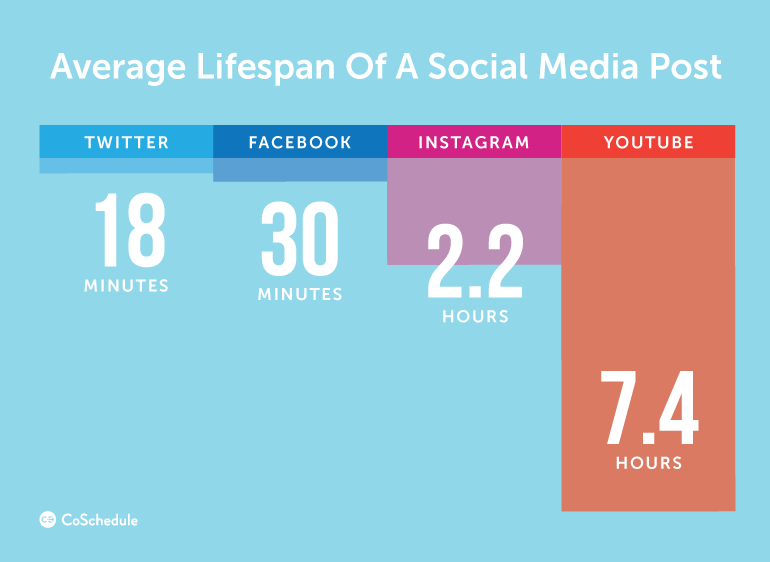Marketers can employ a number of techniques to drive people to take action — flashy design, catchy copy, celebrity endorsements, etc. But nothing is more effective than psychological triggers.
Psychological triggers are the common psychological motivators, cognitive biases, and behavior patterns that drive people to action. Completely outside of our conscious awareness, our brains evaluate new stimuli in our environments and determine our emotional and physical response in a near instant. It’s all governed by the amygdala, an almond-shaped cluster of nuclei in the frontal portion of the temporal lobe.
Our quick response mechanisms form a system called the adaptive unconscious. In his book, “Blink,” Malcolm Gladwell described it as “...a giant computer that quickly and quietly processes a lot of the data we need in order to keep functioning as human beings.”
95% of our purchase decision making takes place in our subconscious minds, so it’s critical that our marketing messages elicit a positive reaction. Even if the product or service we’re selling isn’t an “impulse” buy, there are dozens of customer touch points along the buyer’s journey that are directly influenced by these quick, emotional judgments. Whether you get someone to submit their email address or not, answer a sales call, or start a trial can all be influenced by skillful use of psychological triggers.
How to use 7 powerful psychological triggers in your marketing:
1. Faith in aesthetics
Humans are visual creatures. More than 50% of our brains are used to process visual information compared to just 8% for our sense of touch and 3% for our sense of hearing. We make immediate judgments based on how things appear. Improving visual appeal can increase perceived credibility, trust, and value. Conversely, unappealing designs, inconsistencies, or visual errors can quickly chip away trust and authority.
How to use it:
- Always be consistent with logos, screenshots, and product images. Ensure your image files are the correct format and optimal resolution for the application they are to be used in.
- Trust your designers. It’s tempting to do things yourself when you’re in a time crunch. But if you’ve got designers at your disposal, use them. Good designers will make sure the work is on brand, using the right fonts and colors, and shows off the product in the best light.
- Invest in usability and visual design. The way your website or app looks and feels is critical during the evaluation period. First impressions are everything, so put your best foot forward design-wise. Once a bad opinion is formed, it’s nearly impossible to shake, so dazzle them from the start.
2. Request justification
People have a natural tendency to comply with requests if they are given a reason. In a famous study conducted by Ellen Langer in the 1970s, researchers would cut in a line of people waiting to use a xerox copy machine. They gave all sorts of excuses for the intrusion, but the researchers found the highest rate of compliance when using the word “because” and then giving a reason. The reason didn’t even have to make sense. In one instance, the excuse they gave for cutting was “because I need to make copies.”

How to use it:
- Always provide value. Today’s consumers have more choice and power than ever before. The best way to build trust is to provide massive amounts of value before you ask for anything in return.
- Make it clear what the next steps are. Whether you’re asking for money, an email address, or participation in a survey, explain exactly what people should expect and what will happen next. This will put people at ease and make them more willing to engage.
- Show and tell. Offering a free eBook in exchange for an email address? Don’t just tell people, display an image of the cover. Even better, try an animated GIF flipping through the digital pages. This concept works even better at live events. If you’re doing a raffle or contest, putting the prizes on display for people to see and touch can make participation irresistible.
3. Social Proof and the Bandwagon Effect
Humans are social by nature; we use other people as models for how we should think and act. Especially in unfamiliar situations, we look to others to validate our decisions. This is called Social Proof.
Closely related to this is the Bandwagon Effect. Feeling included in a group is an incredibly strong motivator. It goes all the way back to our physical safety — there’s strength in numbers. Although if a small group is perceived to have more power, influence, or authority, belonging to it feels exclusive and desirable.
How to use it:
- Align your organization with trusted brands. Have notable customers with audiences of their own? Leverage their influence through logos on your homepage and in-depth case studies.
- Amplify your content. Great content can go viral and reach millions. But in order for that to happen, a certain threshold of comments, likes, and shares has to be reached. Get every member of your team and org to help amplify your content to build momentum and reach critical mass.
- Make it easy for your fans to promote you. Build sharing into your campaigns. Use custom hashtags include sharing tools, and direct people to tell others. Great marketing should mint people what the author of “Contagious,” Jonah Berger, calls “social currency.” People want to seem cool, smart, and in the know. Do something amazing, mint them social currency, and then make it easy for them to spend.
4. Serial positioning
People can most easily recall information from the beginning or end of a list. Things that are said first or are included at the beginning of a list or sequence benefit from the primacy effect. This information more often than not influences the rest of the list, so our brains store this in our long-term memory. Things said at the end of a list benefit from the recency effect and are stored in short-term memory.

How to use it:
- Place the most important details at the beginning and end. Whether its an email, press release, or article, include the information you want people to remember the most first or last. Even better, put it in both places.
- Include a review or summary. Make your podcasts, videos, and animations even more effective by including a short summary or review at the end. This will keep the most relevant details fresh in people’s short-term memories.
5. The availability cascade
The more often a piece of information is repeated, the more likely we are to believe it. One of the most famous examples of this is the word “halitosis.” Most of us know that word to be the scientific name for bad breath. But the Listerine company invented it to sell mouthwash. Created from the Latin word for breath, halitus, this new “disease” was the basis for Listerine’s decades-long campaign. Nearly 100 years later, the term is widely used and accepted —even by dentists!

How to use it:
- Be consistent with specific words and phrases. The most successful brands boil their value propositions down to catchy phrases and statements where every word counts. They use those lines in every place they talk about their products and with the strictest consistency.
- Repeat your key messages on social media often. People are more distracted than ever before. Most marketers overestimate how closely people pay attention to their content. This is especially true for social media. Social posts have a short shelf life — 18 minutes when it comes to Twitter. It’s not only acceptable but necessary to repeat your message multiple times a week or even daily depending on the network.
6. Curiosity
Curiosity is one of the most powerful of all human emotions. It’s amazing how far people will go to satisfy their curiosity once it’s been piqued. We’re constantly trying to make sense of our world, and we’ll go to great lengths in order to gather enough information to form a satisfying conclusion. In 2011, Patagonia took out a full-page ad in the New York Times during Black Friday week with the heading “Don’t Buy This Jacket.” The result? Sales went up 30%.

How to use it:
- Surprise and delight. Always strive to do the unexpected, and reward people for indulging in their curiosity. Even something small like a funny animation on your website or in your app can be enough of a prize to hold people’s attention.
- Balance is key. To come up with click-worthy social messages and blog titles, resist the urge to say too much or too little. Having partial knowledge drives people to fill in the information gaps. Too little information doesn’t drive enough interest while having too much makes seeking more unnecessary.
7. Labeling
Ironically, people love to feel unique, but they also love to be labeled. In fact, when people are given a label they believe to be positive, they’ll change their behavior to better reflect it. In one study on voting behavior, researchers found that people who were randomly labeled as “politically active” were 15% more likely to vote. There’s even data that shows that customer’s labeled as “Gold” or “Platinum” spend more money than those who aren’t.
How to use it:
- Identify your ideal customers’ traits and qualities. What kind of customers do you have? What kind of customers do you want? What are they like? Make a list of all of the traits and qualities your best customers have or you wish they had.
- Speak positively about your customers and clients. Describing your customers by their most positive qualities serves two purposes. 1. Your target audience will aspire to be like your customers, which will raise interest in your product or service. 2. Your existing customers will try to live up to your expectations. You’ll find that they’re more willing to try new features, give better feedback, and be more willing to participate in case studies and events.
Consistency is key
For these psychological triggers to be effective, it’s critical to be consistent in their application. But consistency requires visibility. Ensuring that everyone in your company is using the right logos, product descriptions, and images is easy when you’re a team of 6 people in one room. It gets a lot harder as your team scales to 600 and you start expanding into different buildings, countries, or even continents.
At this point, it’s vital to adopt a collaborative work management solution to bring increased visibility and accountability to the organization. All messaging, images, and instructions can be housed in this single source of truth so that everyone is always on the same page. Unlike emails and spreadsheets, these items can be updated automatically, eliminating needless back and forth and outdated files.
By consistently using these psychological triggers in your marketing campaigns, you’ll be able to connect with your audience on a deeper level, deliver a more compelling message, and drive people to action.
Want to learn even more about these psychological triggers? Sign up for our free webinar on February 21, 2019 at 11:00 AM PST.
Banner Photo: Jesse Orrico on Unsplash




